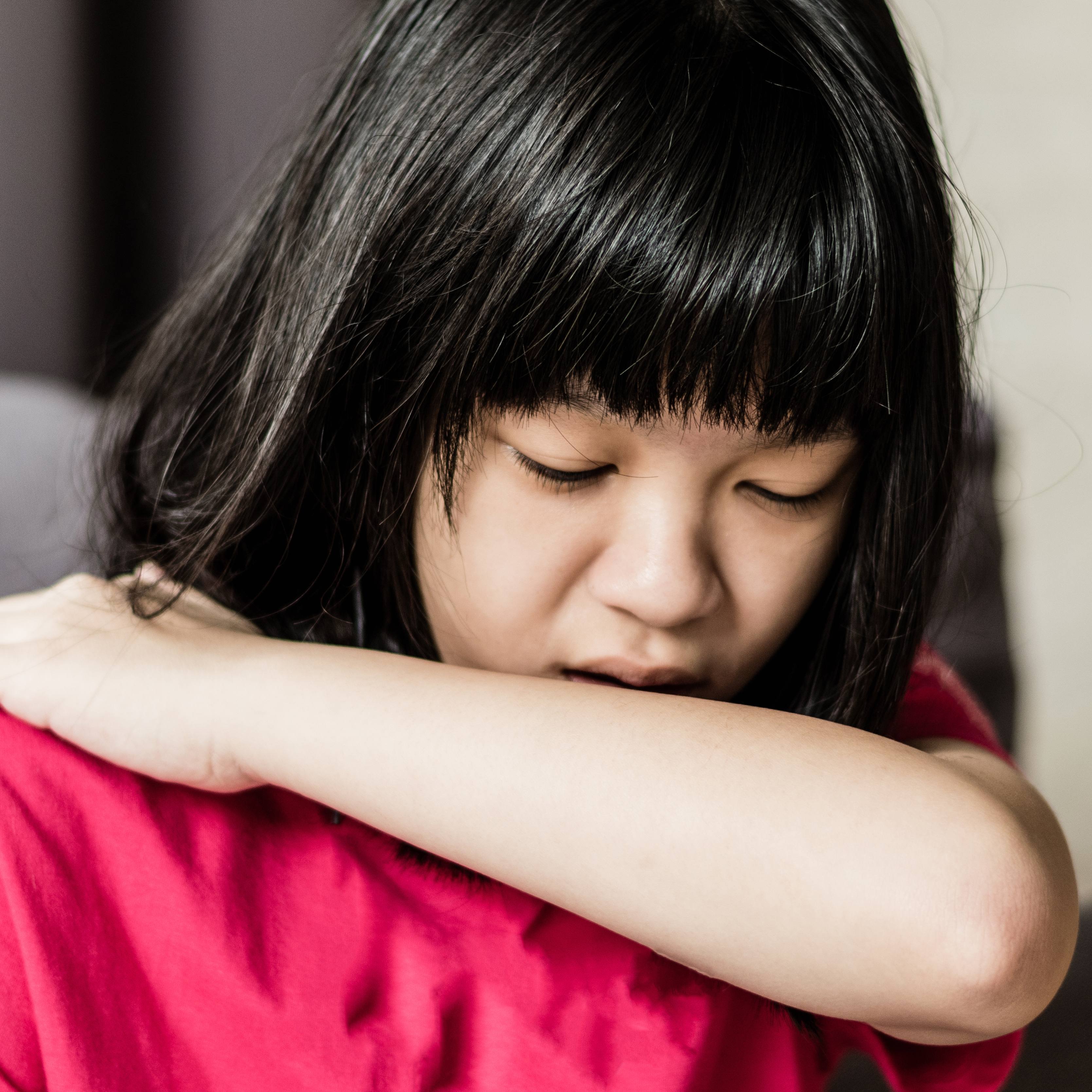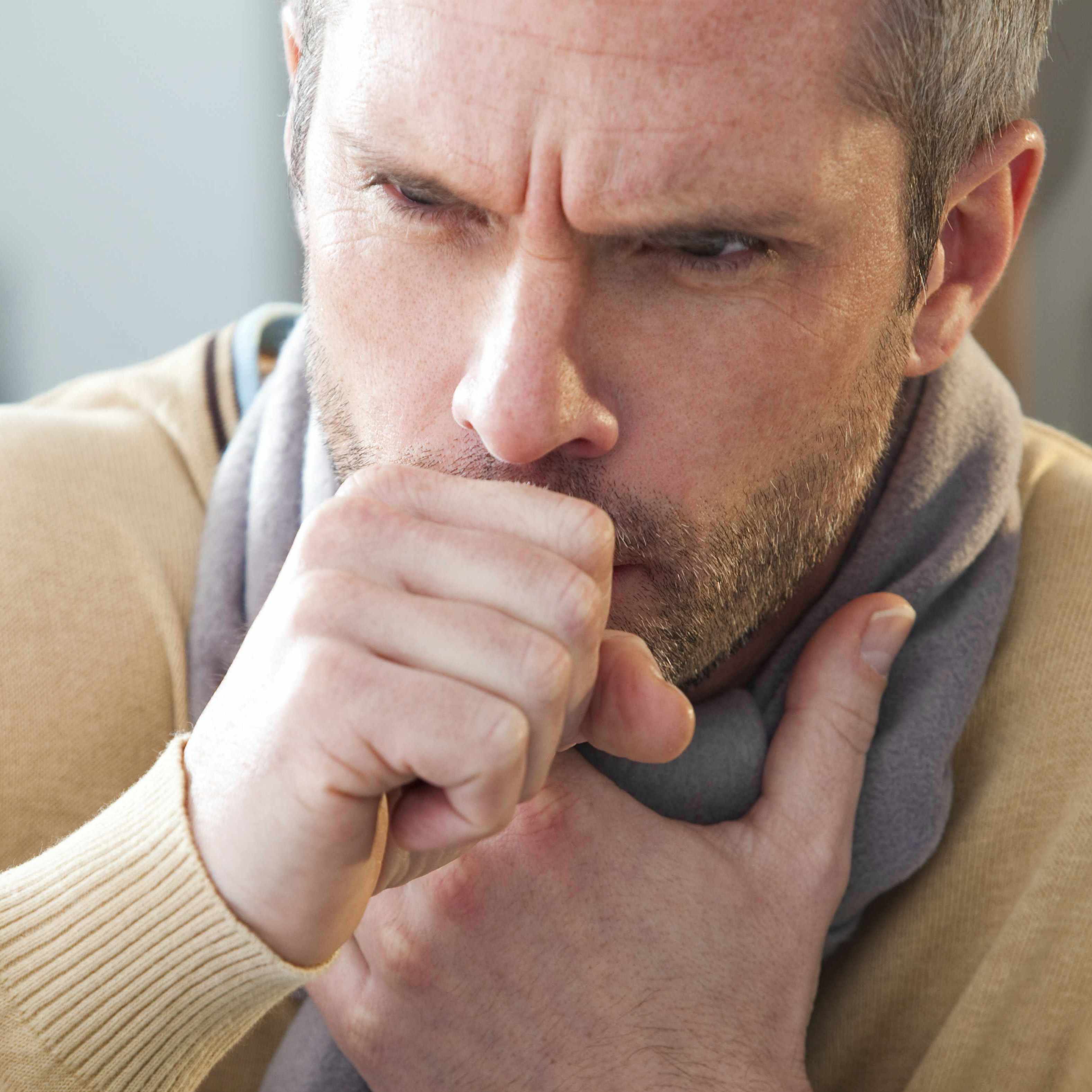-
COVID-19
Will COVID-19 Change the Next Generation in Medical Care And Research? Signs Point to Yes.

Don’t we all wish for a magic ball sometimes? Signs definitely point to yes, especially this year. As life shifts to accommodate COVID-19, those just heading into a career in medical research or medical care are seeing a landscape changed. But at Mayo, that shift is providing opportunity for a group who have kicked into gear to support the nationwide study of convalescent plasma.
“I think they were looking for something to do,” explains Mayo physician Michael Joyner, M.D., the Frank R. and Shari Caywood Professor, who leads the national Expanded Access Program for convalescent plasma. He’s talking about Mayo Clinic students, residents and medical professionals who have stepped into new roles in an effort to locate, collect, study, and publish on the effect convalescent plasma can play during the pandemic.
“It was just sort of all hands on deck. They were already connected and connected to me, so we redeployed them. And nobody said ‘no I don’t want to do this’ so I started assigning them tasks. These people are so bright and so ambitious and so talented, it’s been very straightforward to accomplish.”

The folks in question are those whose day-to-day work was limited by COVID-19 restrictions, or who are now unable to take their next step, such as travel for an award. But they’ve pivoted, working to fill in the medical COVID-19/convalescent plasma “puzzle” that can be published as a complete picture for use by others in the medical field.
“It’s like a jigsaw puzzle when you write a big paper like this,” says Dr. Joyner. “The senior people know that the jig saw puzzle is of a castle or of a lake and we get the corners or the edges for the young people who fill a lot of stuff in.”
Which, he says is good.
“To be in a position to work on something like this in your 20s or 30s means when you’re 40 or 50 or 60, that they’ll have some muscle memory to be able to understand how to organize, how to take on a novel problem.”
So what has the next generation helped do? Lots. We’ll let them explain what working on the convalescent plasma effort means to them, in their own words.
Should we meet the team? Yes — Definitely.

Andrew Clayburn, is a student in the Mayo Clinic Graduate School of Biomedical Sciences. His interest in research was driven by his time as an Army platoon leader in South Korea. As he looked for effective ways to improve wellness, Andrew came upon the double-blind study. His research focuses on clinical research related to returning function and movement capabilities to patients that will improve their quality of life.

Kathryn Larson, M.D., is a first year clinical cardiology fellow with an interest in exercise physiology, autonomic function, and metabolic disease. She says, “Research is a safe space for trial and error, crazy ideas and innovation.”

Juan Ripoll Sanz, M.D., has recently extended to the areas of cardiothoracic anesthesia and intensive care. Working as a volunteer during medical school collecting and analyzing blood samples of patients with Chagas disease directed his attention towards medical research and it has since become a cornerstone of his medical career.

Chad Wiggins, Ph.D., realized very early that he wanted to share his interest and knowledge in medical and exercise physiology with others, and help them to pursue goals, whether that be the practice of medicine, rehabilitation, or research. His background and training is in blood flow regulation and the integrative response to exercise, specifically during exercise at high altitude.

Katelyn Bruno, Ph.D., focuses on sex differences in cardiovascular disease in the lab of DeLisa Fairweather, Ph.D., at Mayo Clinic in Jacksonville, Florida. During high school, a close family member was diagnosed with a rare cancer. “This changed my life and led me to pursue medical research. It was the best decision I have ever made.”

Jack Senefeld, Ph.D., primarily works to understand the limits of human performance, particularly understanding differences across the lifespan and between men and women.

J.R. Shepherd, M.D., researches anesthesiology and human integrative physiology. His grandfather emigrated from Northern Ireland to work with Mayo’s Earl Wood, M.D., Ph.D., in 1953, and that legacy along with Dr. Joyner’s mentorship inspires him to pursue his research.

Stephen Klassen, Ph.D., researches the sympathetic nervous system and how it affects blood vessel health and diseases such as high blood pressure. The recent U.S. spacecraft launch reminded him of how he became captivated by the effect of spaceflight and physical (in)activity on circulatory health.

Kylie Andersen’s research interests as a medical student in Mayo Clinic Alix School of Medicine involve physiology related to anesthesia and critical care. She spent time in the lab as an undergrad and it helped her realize she wanted a component of clinical research in her career as a physician.

Sarah Baker, Ph.D., is interested in human integrative physiology as it relates to health, exercise, and disease. As an undergraduate she had the opportunity to participate in research studies and present at a national conference. That, she says, opened her eyes to a career in research and led her to graduate school.
Is your role vital to the convalescent plasma effort? Without a doubt.
My current roles in the EAP include managing our data collection system, training new personnel on the REDCap project, managing our alerts and notifications to providers, and resolving issues of data integrity. I’ve previously helped with social media and educational materials. — Andrew Clayburn
I’m mainly focusing on donor recruitment and logistics here at Mayo and nation-wide. — Dr. Larson
I screen, contact, design and coordinate the workflow of local plasma donors. — Dr. Ripoll Sanz
I am co-chair of the Data Management Committee and chair of the Data Integrity Team. As chair of the Data Integrity Team I supervise a team of 12 students and staff who work to ensure that we have high data quality and investigate when data integrity issues arise and resolve them. — Dr. Bruno
I co-chair the communications team [to keep the study group connected], and I am a team member on additional teams (oversight team, regulatory team and publications team). I facilitate high-level communication and goal-sharing between groups, and lead the writing and coordination of scientific publications emerging from the project. — Dr. Senefeld
As post-doctoral fellows, we helped turn the concept into a system capable of organizing logistics for hospital sites, physicians, donors, patients, blood banks, data and regulatory teams to be able to safely transfuse convalescent plasma in their patients. — Dr. Shepherd
Our team developed the convalescent plasma program service center which interfaces with physicians, administrators, blood bankers, and patients to assist with an array of questions related to the program. — Dr. Klassen
My primary role has been working with Drs. Larson and Ripoll Sanz to screen potential donors over the phone prior to donation which involves translating clinical concepts for the general public. — Kylie Andersen
Our group, the Human Integrative Physiology laboratory, was repurposed to facilitate and run the Expanded Access Program and my roles have primarily been on the data and call center teams. — Dr. Baker
Have these researchers advanced their careers during the pandemic? You may rely on it.
My greatest takeaways are the lessons I’ve learned on an interpersonal level, and how critical they are for successful research. As a first year cardiology fellow, I never anticipated working with state health departments, advising CEOs of insurance companies, and brainstorming with leaders in the medical industry. But those are the opportunities this project has given me, and for that I am extremely grateful. The connections, skills, and knowledge I have gained from this project will be unique tools for my future career. — Dr. Larson
I´ll be able to grow as a researcher, expand my knowledge in the field of transfusion medicine, understand the processes for grant submission, network with researchers in prestigious institutions around the country, and ultimately write scientific publications that will have a meaningful impact in the medical community. — Dr. Ripoll Sanz
Never in my short career have I been involved in something that has had quite the impact on others as this project, and may have potentially saved some people’s lives. Being involved in this program has taught me a lot of valuable skills that will be important in my career moving forward. I am hopeful that it will positively impact all of the members of our team as we move from post-docs to early career faculty members. — Dr. Wiggins
Working with this team has truly shown me what “One Mayo” means. There are over 100 people on our team at this point — from all three campuses at Mayo Clinic. We all work together as if we are in the same office not across the country. To coordinate such a large group that works so well together is a truly amazing effort. This has also just enhanced my love for science and my drive to help others. The majority of my research to this point has been focused on basic and translational science but this project has made me realize that I would like my career trajectory to include more clinical research as well. This project made me realize that I would like to focus my independent research career on taking potential therapies all the way from pre-clinical mechanism and safety research to clinical trials. This project has been truly life changing. — Dr. Bruno

While the rest of the team already worked with Dr. Joyner, Dr. Bruno had not been involved with his research. Drs. Fairweather and Bruno became part of the project because of a survey they created for a separate COVID-19 research project. “Dr. Joyner was impressed with the functionality and appearance of the REDCap survey we built,” explains Dr. Bruno, “so he asked us to build all the database survey forms for the EAP.” Dr. Fairweather’s lab has studied how viral infections cause tissue inflammation and antibody responses in the heart, so they were primed to join the team and help better understand how convalescent plasma, with its neutralizing antibodies, could protect against COVID-19.“I am proud of how Dr. Bruno’s talents came to the forefront with this opportunity for her to lead a team project, which she has done very effectively,” says Dr. Fairweather. “With this project all barriers were dropped so that even though the world felt distant, it was as if there was no distance between us.”
To me, the convalescent plasma project is about helping provide access to a potential lifesaving treatment option for hospitalized patients with COVID-19. My experience working with the convalescent plasma team has reinforced my passion for research and will positively impact my future career as a medical researcher. This work has shown me the value of teamwork, constancy, and perseverance. — Dr. Senefeld
Under these unprecedented times, this work has been some of the most meaningful and a life-changing experience that I will always continue to carry forward throughout my medical career. — Dr. Shepherd
One key take-away from working on the convalescent plasma project is the significance of an enthusiastic leader with a strong vision and the determination to achieve their objectives no matter how large. — Dr. Klassen
Prior to working on the convalescent plasma team, I thought that all research took years to change clinical practice and be applied to patient care. This team has shown me the importance of a network of individuals with diverse skills. We have all brought something unique to the table and I think it is because of this that we have been able to accomplish what we have in a relatively short period of time. Regarding my career goals, I would like to become a pediatric anesthesiologist and intensivist. This coming year, I’ll be applying to residency programs. Working on this project has helped me to understand what questions I should be asking programs in order to understand the ways they help trainees integrate their clinical and research interests. — Kylie Andersen
The convalescent plasma team has allowed me to stay productive and do highly impactful work while working from home and taking care of my infant daughter during the COVID pandemic — a time that easily could have resulted in stagnant career progress. The connections we have made and skills we have developed through this project around teamwork, leadership, and perseverance under pressure will serve us all for years to come. — Dr. Baker
A Career of Service? Most likely.
“When COVID emerged we immediately realized that this was going to be more than just a bad flu season,” says Dr. Bruno. “The worst part about experiencing a pandemic of a novel virus is that for every day there isn’t a treatment there are thousands dying.” That’s why the convalescent plasma project is the best first step toward developing a treatment strategy for COVID-19 continues Dr. Senefeld.
“The convalescent plasma program also enables large-scale study of the safety and effectiveness of this therapy so that we may inform regulatory agencies, decision-makers, and ultimately, U.S. citizens,” says Dr. Klassen. And, adds Dr. Larson, “I do think convalescent plasma therapy practices can cross borders in ways that large industrial research protocols cannot.”
For Andrew Clayburn, who will begin medical school in the fall, it has inspired him.
“While I have worked on various exciting research projects, I have never seen anything on the scale of the Expanded Access Program. I am inspired to advance my clinical research skillset and strengthen my connection to the research network in the hopes of continuing to find clinical opportunities to affect real and profound change,” he says.
---------------------------
While the research into convalescent plasma continues, the team has a new publication reporting that at the very least, it does no harm and in some patients who receive the plasma, “there is evidence that virus levels in the blood are reduced or eliminated,” says Dr. Joyner.
That’s good news for everyone, and a reason, even as medicine returns to normal operations, to keep the convalescent plasma team pushing forward. Because, as Dr. Joyner says, “You never know what’s going to happen in the future but you do know something will happen.”
— Sara Tiner and Caitlin Doran, June 19, 2020







